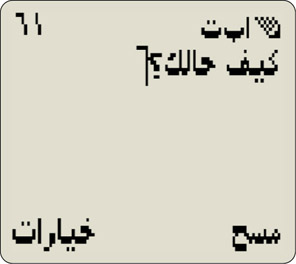Convergence and Standardization?
|
|
In the early 1980s there were a number of competing operating systems and user interfaces in the personal computer business. The weakest of them have gradually been phased out of the game, and now the pie is split between two or three major players. Is something similar going to happen in the mobile phone business? What conditions or factors drive an industry to accept de facto standards?
Mobile phone user interfaces are gradually opening up and getting less proprietary through the proliferation of wireless Internet services and applications. Various browsing technologies and Java make it possible for application developers and service providers to reach hundreds of millions of potential customers globally. Contemporary and future smartphones are built on standardized reference platforms like the Microsoft Smartphone 2002 or the Symbian OS, which make it possible to develop native applications for these devices.
The cellular mobile telephone industry is becoming more mature. That fact conspires with the introduction of wireless service and application platforms to promote the evolution of the user interface. Revolutionary development steps may not be so acceptable now that more than half of our business comes from replacement customers who have already used a mobile phone and gotten used to it. These people want their next mobile phone to work roughly like their previous model, and they don't want to spend time learning how to use a product over again.
Application developers and service providers also want a reasonable degree of stability from the wireless device user interface platform, so their services can run on as many handsets and handset generations as possible. Portable runtime environments such as Java facilitate this, while native application development is still needed in performance-critical applications such as games.
Cellular mobile telephone development is becoming more software-focused. Product release cycles are gradually becoming shorter and tenser. Designing an ever-increasing number of handset features in an ever-shrinking development cycle can happen only where the underlying UI platform is reusable and scalable. We've seen that user interface styles can be reused with comparative ease to create variants of a theme. A user interface style developed for a GSM product can be applied in a CDMA, PDC, TDMA, or a WCDMA product, and vice versa, when applicable. A user interface style developed for an expression category phone can be reused in a fashion category phone. UI-style-related modifications are incorporated as needed; creating a phone for the Arabic or Hebrew (Israeli) markets, for instance, requires us to design text presentation and text input around the appropriate reading and writing conventions (see Figure 1.9).

Figure 1.9: Arabic short message service.
|
|
EAN: 2147483647
Pages: 142